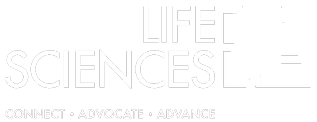As was the case last year, insurers with medical loss ratios (MLRs) that were below the prescribed levels on their blocks of business must issue rebates to policyholders. The MLR threshold for large groups is 85%, and the threshold for small group and individual policies is 80%. The MLR ratio is based on the insurer’s block of business in the state, and not on the specific policy’s claims experience and administrative costs. Insurers must pay rebates owed on calendar year 2013 results by August 1, 2014. The rules for calculating and distributing these rebates are essentially the same this year as they were last year.
The guidance provided by the regulatory agencies on how employers should distribute rebates has been fairly general, so employers have some discretion on how to calculate and distribute the employees’ share. These general principles apply:
- Assuming both the employer and employees contribute to the cost of coverage, the rebate should be divided between the employer and the employees, based on the employer’s and employees’ relative share. Employers may divide the employees’ share of the rebate in any reasonable manner – for example, the rebate could be divided evenly among the employees who receive it, or it may be divided based on the employee’s contribution for the level of coverage elected (such as employee only or family). Employers are not required to precisely determine each employee’s share of the rebate, and so do not need to perform special calculations for employees who only participated for part of the year, moved between tiers, etc.
- The employer may pay the rebate in cash, use it for a premium holiday or other premium reduction, or use it for benefit enhancements. ERISA plans must apply or distribute the rebate within 90 days after it is received or the rebate will need to be deposited into a trust.
- The employer should consider the practical aspects of providing a rebate in a particular form. A cash rebate is taxable income if the premium was paid with pre-tax dollars, so issuing a check for a small rebate may not be the best option. However, an employer cannot simply keep the rebate if it determines that cash refunds are not practical–it will need to use the employee share of the rebate to provide a benefit enhancement or premium reduction.
- Some plans now state how a rebate should be used. If the plan describes a method, that method must be followed.
The Department of Health and Human Services has posted a listing of Issuers Owing Refunds for 2013.
For further information regarding MLR Rebate consideration for private and government/church plans, go to: http://bit.ly/Xg2EEL.





